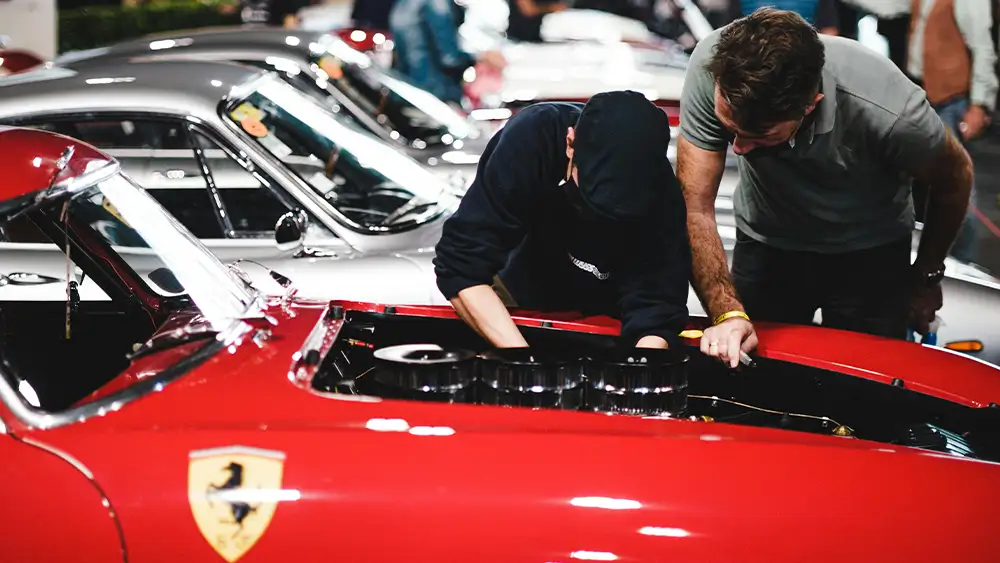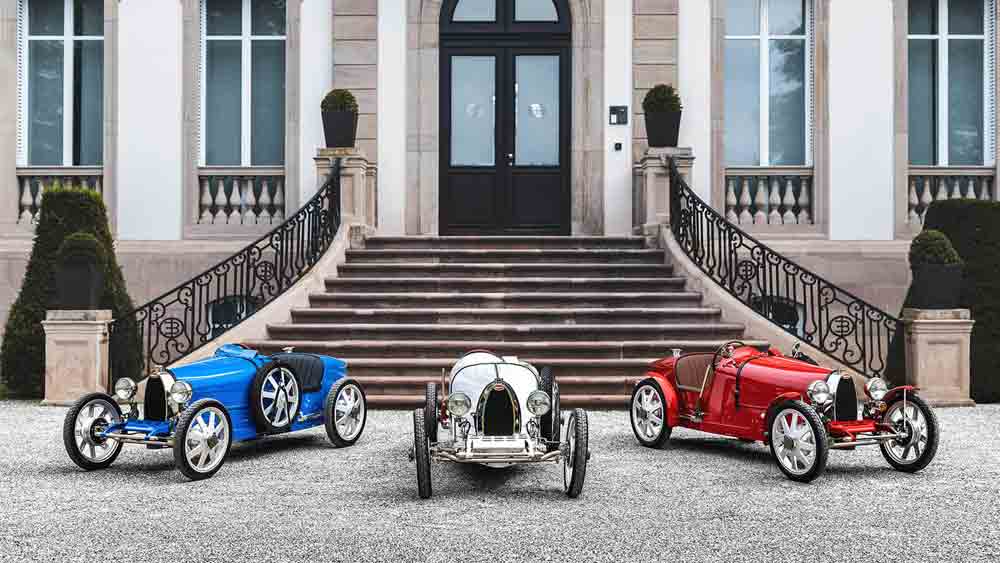Must-Know Classic Car Inspection Checklist for First-Time Buyers

Buying a classic car can be an exhilarating journey, particularly for first-time buyers. The thrill of owning a piece of automotive history, combined with the nostalgia that classic cars evoke, makes them an attractive option for many. However, this excitement can be coupled with uncertainties about what to look for during an inspection. An informed buying process can help avoid costly mistakes and ensure that your dream car becomes a reality. This guide outlines essential aspects to consider when inspecting classic cars, providing you with confidence on your journey toward ownership.
Understanding the Importance of a Pre-Purchase Inspection
A pre-purchase inspection can save you from a regrettable decision. Before finalizing a purchase, it’s essential to examine the car’s condition thoroughly. The importance of this step cannot be overstated; it ensures that you are aware of any potential issues that might require immediate attention or incur significant repair costs in the future. Engaging a trusted mechanic who specializes in classic cars can be beneficial, as they can spot underlying problems that might be missed by an untrained eye. Additionally, gaining knowledge from resources or participating in car clubs where you can find classic automobile enthusiasts will provide insights into specific models’ common issues and restoration processes. Understanding what to anticipate and the common pitfalls associated with various brands and models enhances your ability to negotiate a fair price.
Signs of Damage and Rust
Start your inspection with the car’s exterior. Taking a close look can reveal stories behind the vehicle. The paintwork should be uniform; any discrepancies may indicate previous repairs that could have been poorly executed. Search for signs of rust, especially on the wheel arches, underbody, and around the windows. Uneven body panels might suggest that the car has been in an accident, which can lead to future issues if not addressed. Use a magnet to check for body filler; if it doesn’t stick in some areas, it could reveal hidden repairs. Pay special attention to critical areas prone to rust or rot and ensure that you assess whether the integrity of the vehicle has been maintained.
Checking the Engine and Transmission

The engine is the heart of any vehicle, and for classic cars, it’s vital to assess its condition conscientiously. Check for oil leaks, rust, or any signs of wear and tear. Look for maintenance records; a well-maintained engine exhibits regular oil changes and servicing, which prolongs its life significantly. Listen for unusual sounds when the engine is running, as these could indicate problems. The transmission should shift smoothly without grinding or hesitation; this can often be overlooked but is essential for a great driving experience. Understanding the vehicle’s maintenance history can provide valuable insights into its reliability and help you decide if it’s worth investing in.
Examining the Interior and Dashboard
The interior of the car should reflect the upkeep equivalent to the exterior. Look for wear on the seats, steering wheel, and pedals. In classic cars, this is often where deterioration shows the most, particularly in models without climate control features that protect the interior from environmental factors. The dashboard components should all function correctly: check the gauges and other electronics. Feel the upholstery to assess whether it requires extensive refurbishing, as restoring interiors can be costly. Cracks in the dashboard can also signal a need for repairs that may unexpectedly inflate the post-purchase investment.
Consulting with Experts and Clubs

Before finalizing your decision, it’s wise to consult with experts or fellow enthusiasts. Building connections with individuals established in the classic car community can provide invaluable assistance throughout your journey. They can offer advice on models to focus on, tricky issues to be aware of, and where to find reputable shops for repairs or restorations. Being active in car clubs where you can find classic automobiles will also connect you with seasoned buyers and experts who share your interests. That way, they will enhance your knowledge and experience in the collectible car realm.
Verifying Documentation and Authenticity
An often-overlooked yet crucial step in the inspection process is verifying the car’s documentation and authenticity. Confirm that the Vehicle Identification Number (VIN) matches the one on the title, registration, and chassis. Research the model’s original specifications and cross-check them with what’s currently installed—this includes engine type, transmission, trim level, and factory color. Authenticity significantly impacts a classic car’s value, especially for collectors. Be wary of vehicles with incomplete or inconsistent paperwork, as they can lead to legal complications or reduce resale value. Provenance, including service records and ownership history, also adds to the car’s desirability and can indicate how well the vehicle has been cared for over the years.
Final Words
Buying a classic car is as much an emotional decision as it is a financial one, and arming yourself with the right knowledge ensures that your investment is both enjoyable and sound. By conducting a thorough inspection and consulting with experts, you’re more likely to find a vehicle that not only meets your expectations but also brings long-term satisfaction and pride of ownership.

news via inbox
Sign up and never miss out on the latest news and updates at HighStuff




